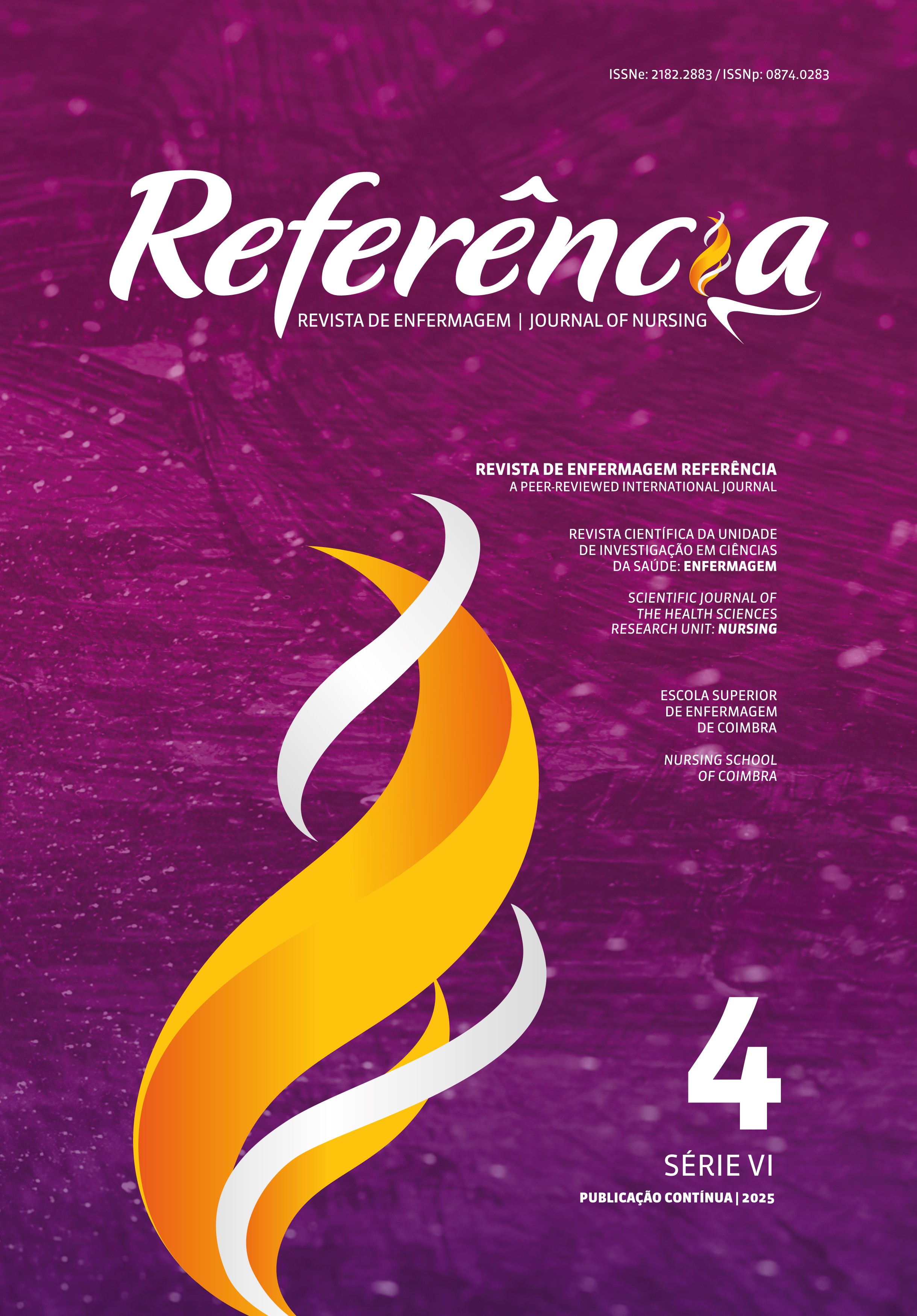Translation and validation of the European Portuguese version of the Baby Pediatric Symptom Checklist
DOI:
https://doi.org/10.12707/RV21058Keywords:
behavioral problems, confirmatory factor analysis, infant, psychometrics, adjustmentAbstract
Background: Social-emotional and behavioral problems experienced in childhood are related to developing disorders in adulthood, negatively impacting relationships with their families and peers. Early detection of these difficulties contributes to ensuring healthy child development. The Baby Pediatric Symptom Checklist (BPSC) is an easy and reliable screening tool to identify social-emotional and behavioral problems in 1–18-month-old children.
Objectives: This study aims to translate, adapt and validate the BPSC to the European Portuguese context and analyze sociodemographic differences.
Methodology: A quantitative, cross-sectional, and instrumental study was conducted on 185 Portuguese parents of 1–18-month-old children. Data were collected using a self-applied questionnaire and subject to confirmatory factor analysis.
Results: In the Portuguese version, the fit indices of the original three-factor measure presented adequate values (X2/df =1.83, IFI = 0.91, RMSEA = 0.07, CFI = 0.91, AIC = 147.29).
Conclusion: This Portuguese translation can be used in 1–18-month-old children in Portugal, with good diagnostic accuracy in assessing children’s social-emotional adjustment.
Downloads
References
Abad, F., Olea, J., Ponsoda, V., & Garcia, C. (2011). Medición en ciencias sociales y de la salud [Measurement in health and social sciences]. Editorial Sintesis.
Alakortes, J., Kovaniemi, S., Carter, A. S., Bloigu, R., Moilanen, I., & Ebeling, H. (2017). Do child healthcare professionals and parents recognize social-emotional and behavioral problems in 1-year-old infants? European Child & Adolescent Psychiatry, 26, 481–495. https://doi.org//10.1007/s00787-016-0909-3
Briggs-Gowan, M. J., Carter, A. S., Skuban, E. M., & Horwitz, S. M. (2001). Prevalence of social emotional and behavioral problems in a community sample of 1- and 2-year-old children. Journal of the American Academy of Child and Adolescent Psychiatry, 40(7), 811–819. https://doi.org/10.1097/00004583-200107000-00016
Clark, L. A., & Watson, D. B. (1995). Constructing validity: Basic issues in objective scale development. Psychological Assessment, 7(3), 309-319. https://doi.org/10.1037/1040-3590.7.3.309
Klein, A., Schlesier-Michel, A., Otto, Y., White, L., Andreas, A., Sierau, S., Bergmann, S., Perren, S., & Von Klitzing, K. (2019). Latent trajectories of internalizing symptoms from preschool to school age: A multi-informant study in a high-risk sample. Development and Psychopathology, 31(2), 657-681. https://doi.org/10.1017/S0954579418000214
Montero, I., & León, O. G. (2007). A guide for naming research studies in Psychology. International Journal of Clinical and Health Psychology, 7(3), 847-862. https://www.redalyc.org/pdf/337/33770318.pdf
Moreira, R. S., Magalhães, L. C., Siqueira, C. M., & Alves. C. R. L. (2019). Cross-cultural adaptation of the child development surveillance instrument “Survey of Wellbeing of Young Children (SWYC)” in the Brazilian context. Journal of Human Growth and Development, 29(1), 28-38. https://doi.org/10.7322/jhgd.145001
Nunes, C., & Ayala, A. (2013). Consejo o prescripción?: Análisis de las recomendaciones pediátricas en las consultas del programa del niño sano [Advice or prescription?: Analysis of the pediatric recommendations in the healthy child program visits]. Revista de Pediatría de Atención Primaria, 15(60), e135-e143. https://doi.org/10.4321/S1139-76322013000500003
Nunnally, J., & Bernstein, I. (1994). Psychometric theory (3rd ed.). McGraw-Hill.
Peralta-Carcelen, M., Carlo, W. A., Pappas, A., Vaucher, Y. E., Yeates, K. O., Phillips, V. A., Gustafson, K. E., Payne, A. H., Duncan, A. F., Newman, J. E., & Bann, C. M. (2017). Behavioral problems and social-emotional competence at 18 to 22 months of extremely premature children. Pediatrics, 139(6), e20161043. https://doi.org/10.1542/peds.2016-1043
Perrin, E. C., Sheldrick, R. C., Visco, Z., & Mattern, K. (2016). The survey of well-being of young children (SWYC): User’s manual. Tufts Medical Center. https://www.tuftschildrenshospital.org/The-Survey-of-Wellbeing-of-Young-Children/Manual-Training-Resources
Rolim, L., Amaral, J., & Leite, A. (2019). Instrumentos que avaliam o vínculo materno e os riscos de alteração no desenvolvimento infantil [Instruments that validate or maternal bond and the risks of alteration or child development]. International Journal of Developmental and Educational Psychology INFAD, 2(2), 35-44. https://doi.org/10.17060/ijodaep.2019.n2.v2.1736
Sheldrick, R. C., Henson, B. S., Neger, E. N., Merchant, S., Murphy, J. M., & Perrin, E. C. (2013). The baby pediatric symptom checklist: Development and initial validation of a new social-emotional screening instrument for very young children. Academic Pediatrics, 13(1), 72-80. https://doi.org/10.1016/j.acap.2012.08.003
Silva, D. I., Mello, D. F., Mazza, V. A., Toriyama, A. T., & Veríssimo, M. L. (2019). Dysfunctions in the socio emotional development of infants and its related factors: An integrative review. Texto e Contexto - Enfermagem, 28, e20170370. https://doi.org/10.1590/1980-265X-TCE-2017-0370
Sim, F., Thompson, L., Marryat, L., Ramparsad, N., & Wilson, P. (2019). Predictive validity of preschool screening tools for language and behavioural difficulties: A PRISMA systematic review. PLoS ONE, 14(2), e0211409. https://doi.org/10.1371/journal.pone.0211409
West, S., Taylor, A., & Wu, W. (2012). Model fit and model selection in structural equation modeling. In R. Hoyle (Ed.), Handbook of structural equation modeling (pp. 209–231). The Guilford Press.






